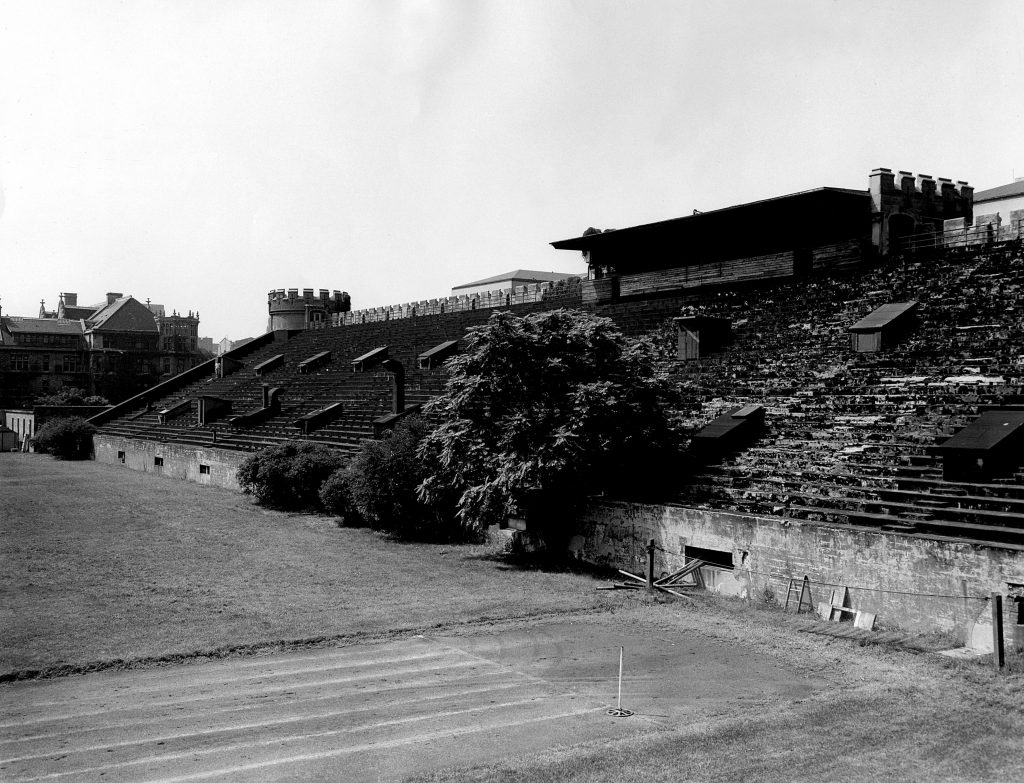Philip G. Koontz was a research associate at the University of Chicago’s Metallurgical Laboratory (“Met Lab”) during the Manhattan Project. He also worked at the Manhattan Project’s Los Alamos, NM facility.
Koontz worked in the Chicago Pile 1 (CP-1) group. On December 2, 1942, he was on one of the forty-nine scientists, who witnessed the Chicago Pile 1 at Stagg Field become the world’s first nuclear reactor to critical. In 1943, Koontz transferred from the Met Lab to Los Alamos, where he remained until 1946.
At Los Alamos, Koontz worked in electron collection. According to Critical Assembly: A Technical History of Los Alamos During the Oppenheimer Years, 1943-1945, Koontz worked with Theodore Hall and Bruno Rossi to construct an improved argon-filled electron collection device. In 1944, the trio used this device for a series of experimental uranium-235 measurements in the 1-MeV range. When used alongside a fission counter, the device allowed them to calculate the absolute number of fissions per fission neutron, as well as, the uranium-235 fission cross section (Hoddeson, et al., p. 191).
Early Years
In 1904, Phillip Grant Koontz was born. Koontz graduated with a B.S. from Hastings College (Nebraska) in 1927. Afterward, he attended the University of Nebraska for his master’s degree. Following his graduation from Nebraska, Koontz studied at Yale University, where he earned his Ph.D. in physics.
In 1932, Koontz married Florence Eyre, a fellow Hastings College ’27 graduate. From 1935 until 1942, Koontz worked as an associate professor of physics at Colorado State University.
Later Years
Following World War II, Koontz taught at the College of Wooster in Ohio until 1955. At this point, he joined the University of California’s Los Alamos Laboratory. Knootz previously worked at Los Alamos between 1953-1954 when he took a year’s leave of absence from Wooster.
In June of 1956, he was awarded an honorary doctorate of science degree from Hastings College. Koontz remained on the staff at the Los Alamos National Laboratory until his retirement in 1971.
In 1991, Philip Grant Koontz died in Boulder, Colorado at the age of eighty-seven.
For more information about Philip Grant Koontz, please see the following references:
- Albuquerque Journal: Press Release about Koontz’s honorary degree
- Hastings College: Grant Koontz Merit Prize
- Critical Assembly: A Technical History of Los Alamos During the Oppenheimer Years, 1943-1945 by Hoddeson, et al.





